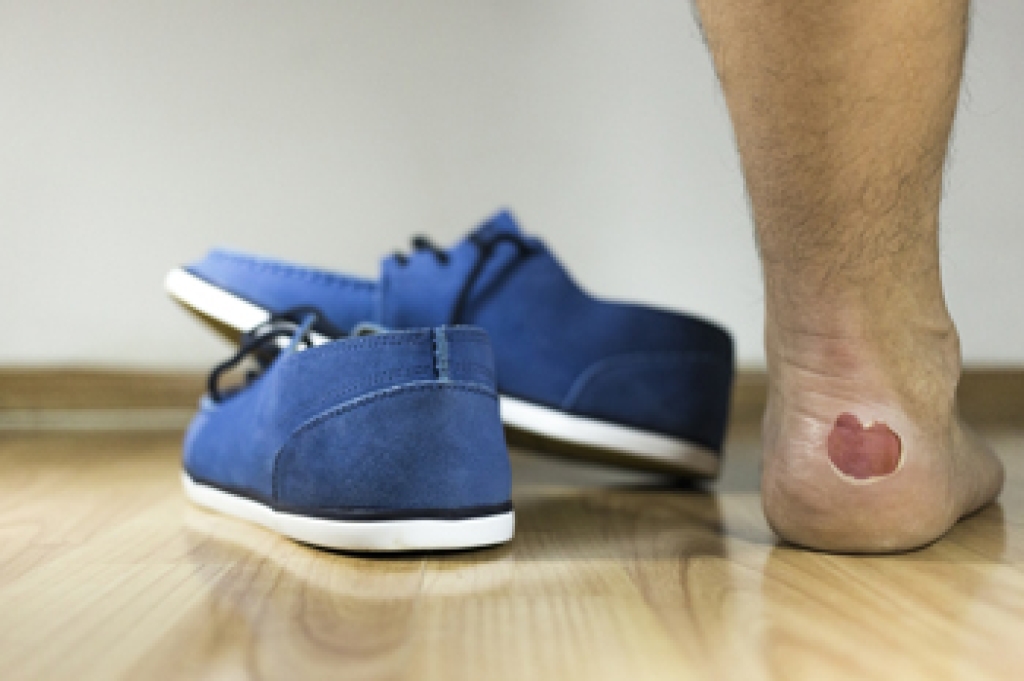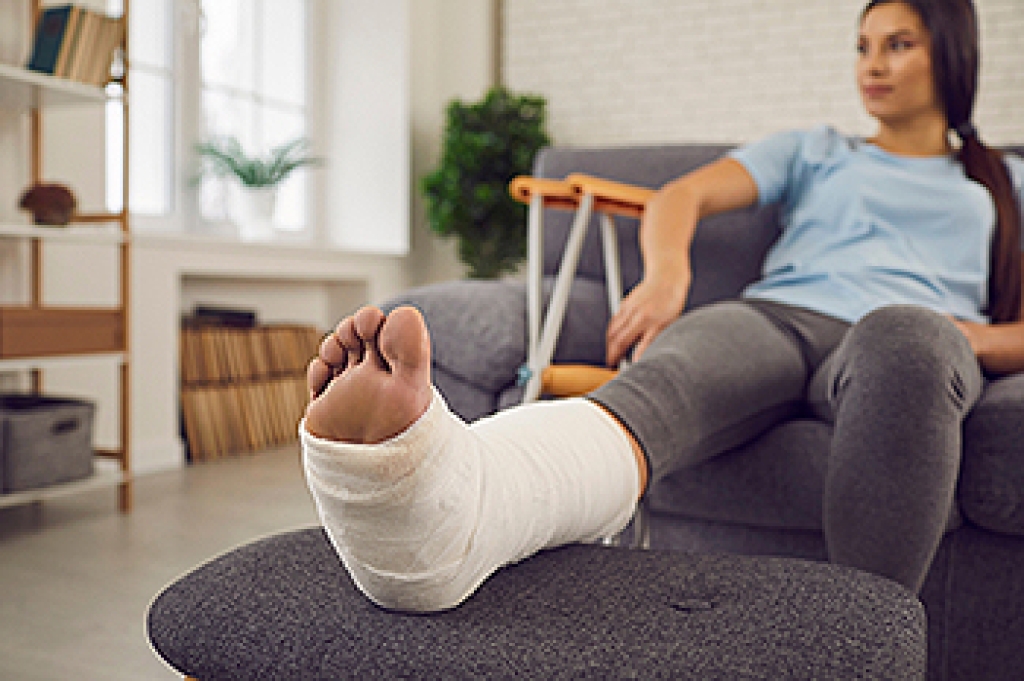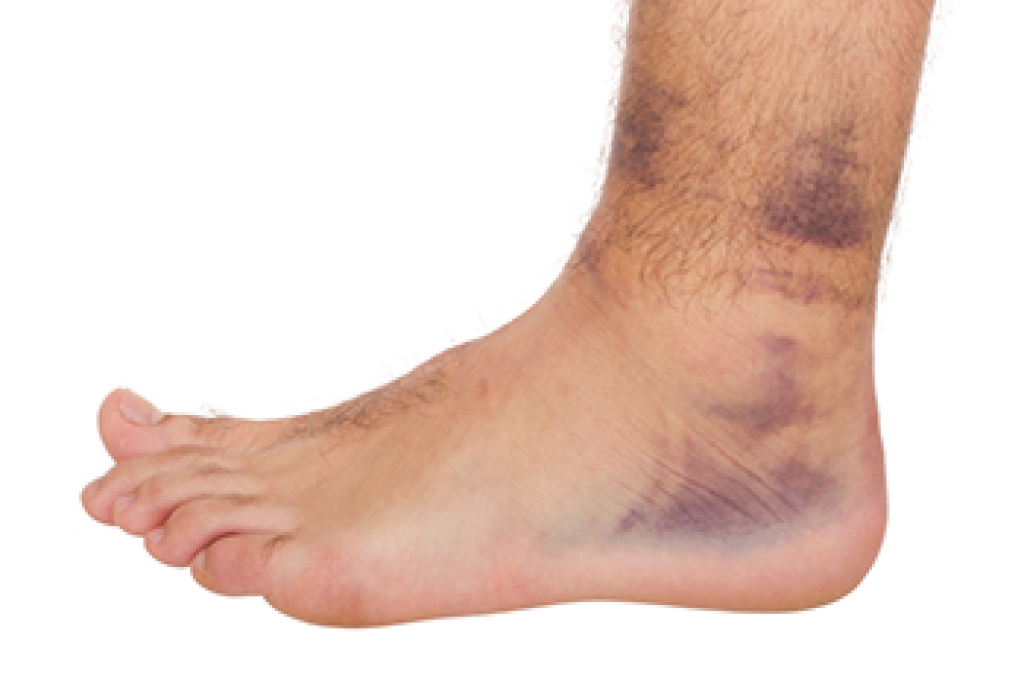
A blister on the foot can become infected when bacteria enter through broken skin, often caused by friction from tight shoes or repetitive motion. An infected blister may appear red, swollen, and filled with cloudy fluid. The surrounding area may feel warm or tender. Attempting to pop or drain a blister increases the risk of deeper infection and possible tissue damage. If untreated, the infection can spread to surrounding tissue or bone, leading to serious complications. A podiatrist can properly drain an infected blister in a sterile manner, prescribe necessary medication, and assess whether further care, such as wound cleaning, is needed. A podiatrist can also determine underlying causes, like poorly fitting shoes or biomechanical issues, that contribute to recurring blisters. If you believe you have an infected blister on your foot, it is suggested that you make an appointment with a podiatrist for a diagnosis and safe, sterile treatment.
Blisters may appear as a single bubble or in a cluster. They can cause a lot of pain and may be filled with pus, blood, or watery serum. If your feet are hurting, contact Deborah Rosenfeld of Rosenfeld Podiatry. Our doctor can provide the care you need to keep you pain-free and on your feet.
Foot Blisters
Foot blisters are often the result of friction. This happens due to the constant rubbing from shoes, which can lead to pain.
What Are Foot Blisters?
A foot blister is a small fluid-filled pocket that forms on the upper-most layer of the skin. Blisters are filled with clear fluid and can lead to blood drainage or pus if the area becomes infected.
Symptoms
(Blister symptoms may vary depending on what is causing them)
- Bubble of skin filled with fluid
- Redness
- Moderate to severe pain
- Itching
Prevention & Treatment
In order to prevent blisters, you should be sure to wear comfortable shoes with socks that cushion your feet and absorb sweat. Breaking a blister open may increase your chances of developing an infection. However, if your blister breaks, you should wash the area with soap and water immediately and then apply a bandage to the affected area. If your blisters cause severe pain it is important that you call your podiatrist right away.
If you have any questions, please feel free to contact our office located in Marlton, NJ . We offer the newest diagnostic and treatment technologies for all your foot care needs.





